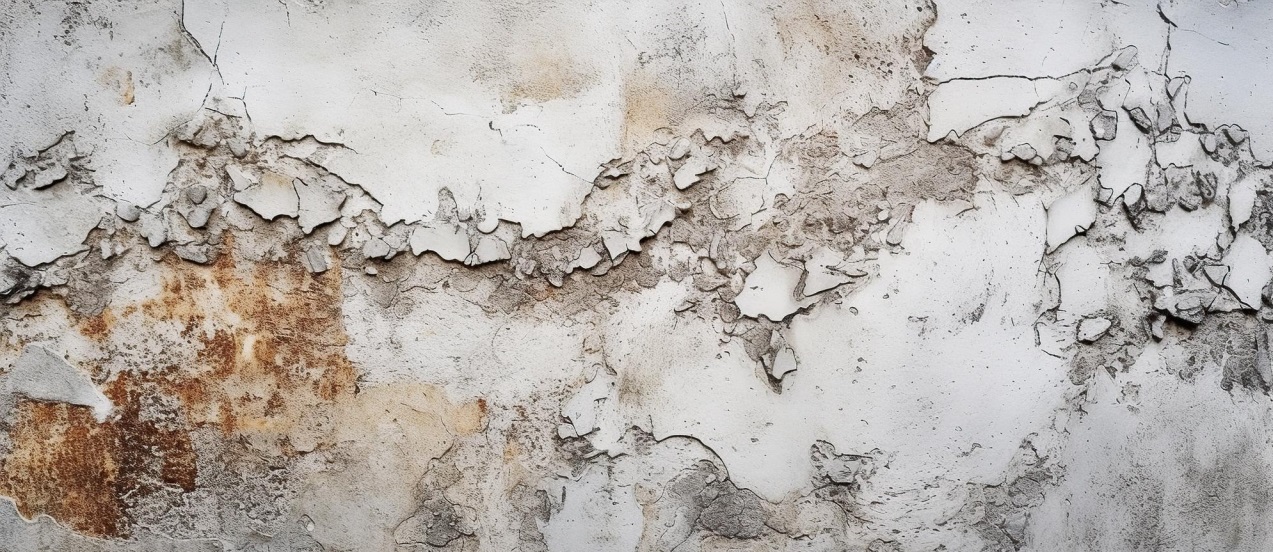Addressing Structural Vulnerabilities.
Leakages in Facade
Leakage in a facade can have various causes, and identifying the specific cause is crucial for determining the appropriate repair recommendation. Some common causes of facade leakage include: Poor waterproofing: Inadequate or deteriorated waterproofing membranes or sealants can allow water to penetrate the facade. Defective joints or seals: Improperly installed or deteriorated joints, seals, or flashing can create openings for water infiltration. Cracks or gaps: Structural movement, settling, or thermal expansion and contraction can lead to cracks or gaps in the facade, allowing water to enter.

To address facade leakage, the following repair recommendations may be considered:
1. Inspection and assessment: A thorough inspection by qualified professionals is necessary to identify the specific cause of the leakage and assess the extent of the damage.
2. Repair or replacement of waterproofing systems: Defective or deteriorated waterproofing membranes, sealants, or coatings should be repaired or replaced to restore the facade's water resistance.
3. Joint and seal repair : Damaged or deteriorated joints, seals, or flashing should be repaired or replaced to ensure proper sealing and prevent water infiltration.
4. Crack and gap sealing : Cracks or gaps in the facade should be properly sealed using appropriate sealants or fillers to prevent water penetration.
5. Improving drainage:Ensuring proper functioning of drainage systems, including gutters, downspouts, and weep holes, is essential to redirect water away from the facade.
It is important to consult with experienced professionals, specializing in waterproofing, to accurately diagnose the cause of the leakage and determine the most suitable repair approach for your specific situation.